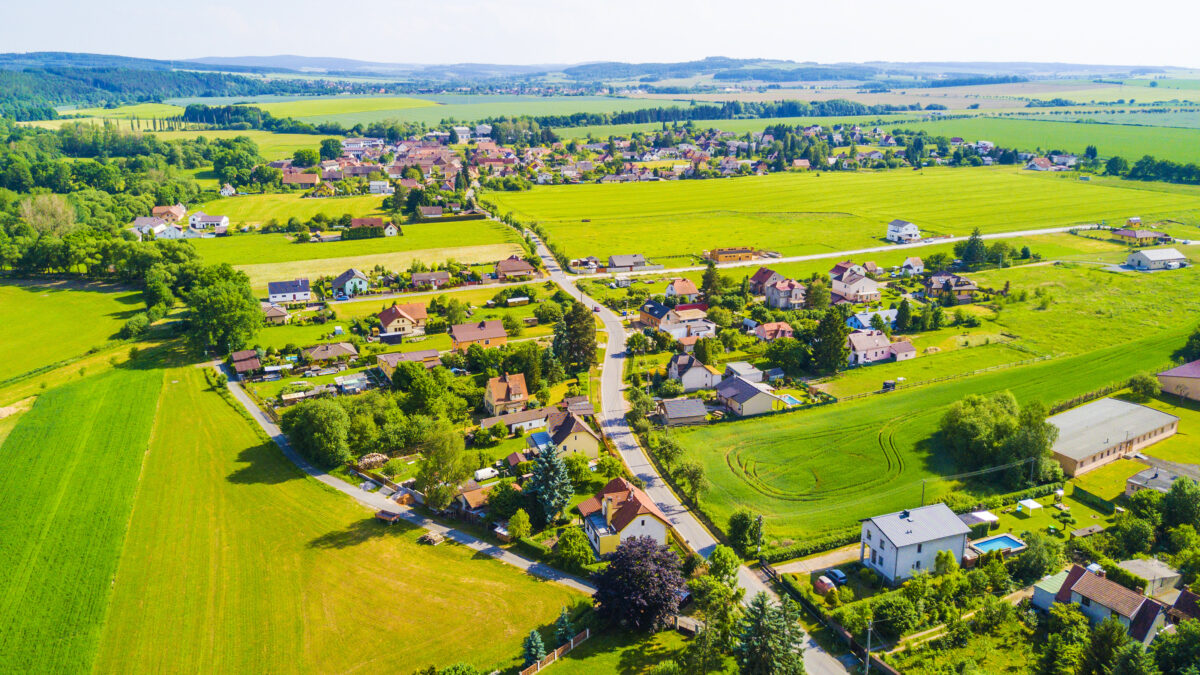In their paper “Structural change and polarisation in the rural-urban divide” Roman Römisch of the Vienna Institute for International Economic Studies and Larysa Tamilina of the Kyiv School of Economics examine how globalisation has influenced regional development.
Römisch and Tamilina analysed the changes in GDP per capita across EU regions and confirmed that urban regions, on average, enjoy a 30% higher GDP per capita at Purchasing Power Standards than rural ones. However, they also observed that rural regions have managed to narrow the gap with urban areas between 2000-2019.
“Even though the convergence process slowed after the 2008/2009 financial crisis, there was no indication of any increase in the polarisation of GDP per capita levels between rural and urban regions,” Römisch said.
The authors argue that globalisation and structural change towards manufacturing industries played a crucial role in driving the catching-up process. Regions that successfully transitioned their production structures in favour of manufacturing, especially in technology intensive sectors, benefitted in terms of faster economic growth and higher levels of economic development. These gains applied to all types of regions, irrespective of their level of urbanisation. In turn, the findings suggest that supporting the industrialisation of the EU regions, in particular the less developed ones, might be a recipe to strengthen economic convergence within the EU.
The paper highlights the crucial role of EU cohesion policy in reducing economic polarisation and facilitating growth in less developed regions. These regions face more challenging conditions compared to their urban counterparts, making them less attractive for investments. By supporting the development of transport and energy networks, broadband internet, or by investing in the upskilling and competitiveness of small and medium enterprises, the EU could increase the attractiveness of those regions. The crucial point is that this support needs to take place in a coordinated way, to tackle the many disadvantages of the less developed regions with a holistic approach.
“Although this kind of support is a challenging task, often criticised for inefficient allocation of public money, we show that EU and national regional policies can help level the playing field for the rural region. As a result, regional disparities can be tamed,” Tamilina said.
The paper shows that by addressing the unique challenges faced by rural areas, economic policies at various levels of government can play a pivotal role in fostering regional development.
Römisch, R., & Tamilina, L. (2023). Structural change and polarisation in the rural-urban divide (Deliverable 4.8). Leuven: UNTANGLED project 1001004776 – H2020.
To read the paper, click here.




